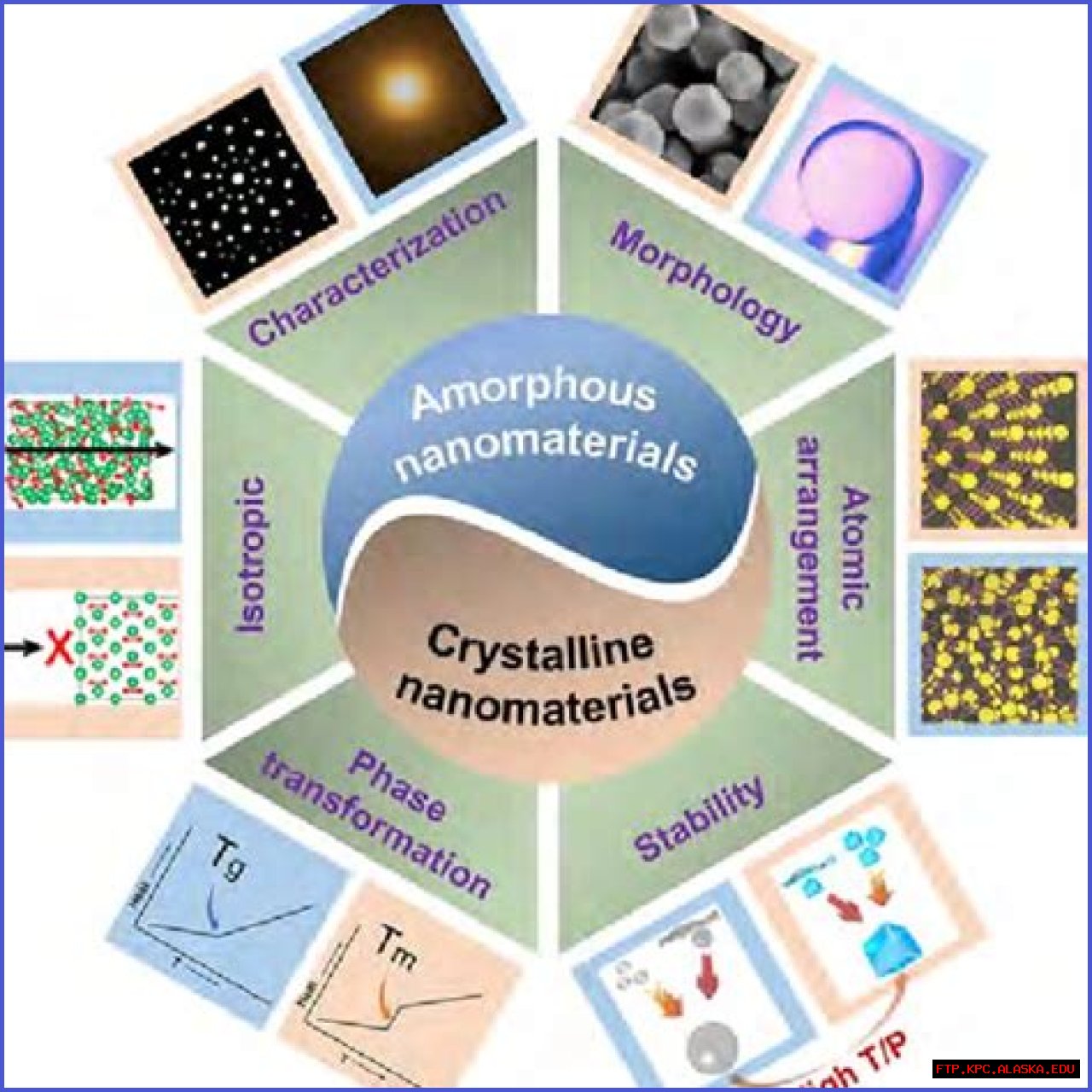Amorphous materials are intriguing substances that defy the traditional crystalline structure found in most solids. As they lack a long-range order, these materials exhibit unique properties that can be harnessed for various applications. From glasses and gels to polymers and certain metals, understanding what to do with amorphous material can open new avenues in technology, art, and everyday life. This article delves into the fascinating world of amorphous materials, exploring their characteristics, uses, and innovative ways to utilize them.
Amorphous materials are more than just scientific curiosities; they play a vital role in industries ranging from electronics to construction. Their unique properties, such as flexibility, transparency, and resistance to thermal stress, make them ideal candidates for a multitude of applications. As we explore the various aspects of amorphous materials, we will provide insights into how they can be effectively utilized to meet modern demands.
Whether you are a researcher looking to expand your knowledge or a hobbyist eager to experiment, this article will provide you with a comprehensive guide on what to do with amorphous material. Get ready to dive into the practical applications and creative uses of these extraordinary substances!
- What Are Amorphous Materials?
- How Do Amorphous Materials Form?
- What Are the Common Examples of Amorphous Materials?
- What to Do with Amorphous Material in Industry?
- How Are Amorphous Materials Used in Electronics?
- What Role Do Amorphous Materials Play in Construction?
- What to Do with Amorphous Material in Art and Design?
- How Can Artists Utilize Amorphous Materials?
- What to Do with Amorphous Material for Personal Projects?
- How Can Hobbyists Work with Amorphous Materials?
- What Safety Precautions Should Be Taken When Working with Amorphous Materials?
- Conclusion: Embracing the Versatility of Amorphous Materials
What Are Amorphous Materials?
Amorphous materials are defined by their lack of a well-ordered atomic structure, distinguishing them from crystalline solids. This disorder results in unique physical and chemical properties that can be advantageous in various applications.
👉 For more insights, check out this resource.
How Do Amorphous Materials Form?
Amorphous materials can form through several processes, including:
- Rapid cooling of molten materials, which prevents the formation of a crystalline structure.
- Chemical vapor deposition techniques that allow for the creation of thin films.
- Sol-gel processes, often used in producing glass and ceramics.
What Are the Common Examples of Amorphous Materials?
Some common examples of amorphous materials include:
👉 Discover more in this in-depth guide.
- Glass: Often used in windows, containers, and optical fibers.
- Polymers: Found in everyday items such as plastic bottles and packaging materials.
- Metals: Certain metal alloys exhibit amorphous characteristics, enhancing their mechanical properties.
What to Do with Amorphous Material in Industry?
Amorphous materials have a significant impact on various industries. Here are some ways they are utilized:
How Are Amorphous Materials Used in Electronics?
In the electronics sector, amorphous materials are essential for:
- Thin-film transistors, which are crucial for display technologies.
- Magnetic materials used in transformers and inductors.
- Optical fibers that enable high-speed data transmission.
What Role Do Amorphous Materials Play in Construction?
In construction, amorphous materials offer benefits in:
- Creating energy-efficient windows with low thermal conductivity.
- Utilizing amorphous silica in cement to improve durability.
- Developing insulation materials that provide better thermal performance.
What to Do with Amorphous Material in Art and Design?
Amorphous materials are not limited to industrial applications; they also inspire artists and designers. Here’s how:
How Can Artists Utilize Amorphous Materials?
Artists can take advantage of amorphous materials in various ways:
- Creating sculptures and installations using glass and resin.
- Employing amorphous pigments in painting for unique textural effects.
- Experimenting with mixed media to create innovative works.
What to Do with Amorphous Material for Personal Projects?
If you're interested in experimenting with amorphous materials for personal projects, consider the following ideas:
How Can Hobbyists Work with Amorphous Materials?
Hobbyists can explore a range of projects, such as:
- Making homemade glass art or stained glass windows.
- Creating resin-based crafts like jewelry or decorative items.
- Experimenting with polymer clay to produce unique sculptures.
What Safety Precautions Should Be Taken When Working with Amorphous Materials?
When working with amorphous materials, always prioritize safety by:
- Wearing protective gear, including gloves and goggles.
- Working in a well-ventilated area, especially when dealing with resins or chemicals.
- Following safety guidelines for handling hot materials during glass-making processes.
Conclusion: Embracing the Versatility of Amorphous Materials
Understanding what to do with amorphous material can unleash a world of creativity and innovation. From industrial applications to artistic endeavors, these unique substances offer a myriad of possibilities. By leveraging their properties, both professionals and hobbyists can explore new horizons in technology, design, and everyday life. Embrace the versatility of amorphous materials, and let your imagination guide you to exciting new projects!
Discovering The Best Lip Sunscreen For Your Perfect PoutCotton Candy Grapes: A Sweet Delight With Surprising CaloriesDeliciously Smoky: The Art Of Smoked Crab Legs
